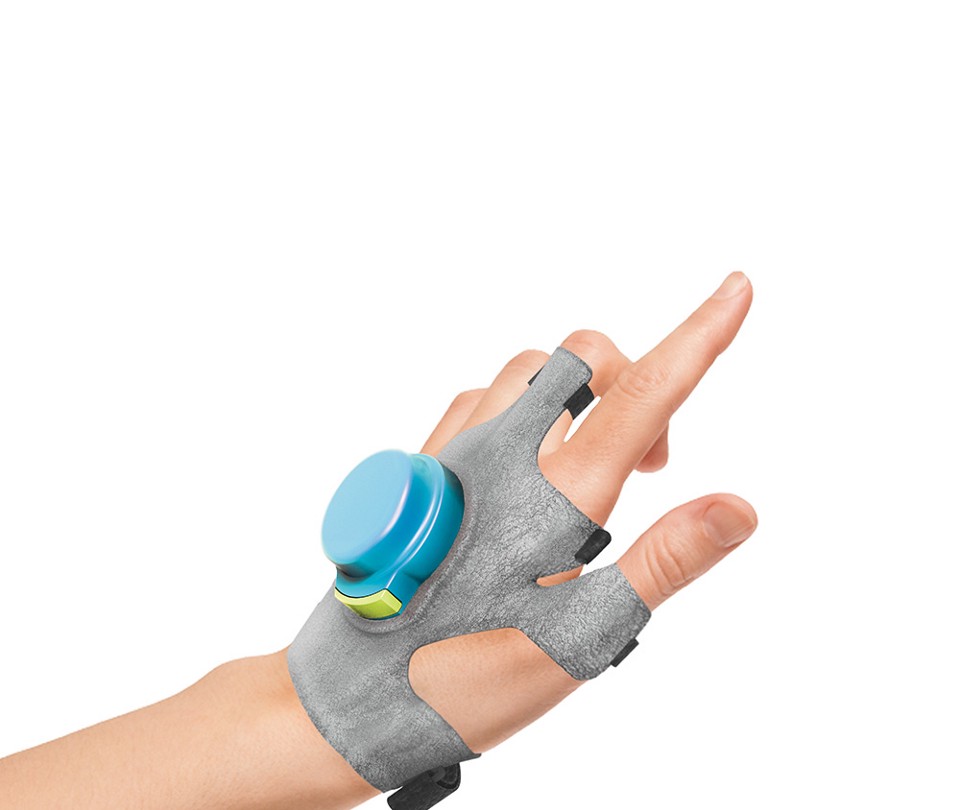While much of Parkinson’s research is focused on discovering what causes the degenerative disease and finding a cure, new technologies promise to improve quality of life and patient monitoring.
By Tovin Lapan
(Photo: Rock Steady Boxing)
Editor’s Note: This piece originally appeared in our September/October 2016 print issue as a sidebar to “Fighting Back Against Parkinson’s.”
Ōura Ring
This health-monitoring computer packed into a ring tracks sleep, physical activity, heart rate, respiration rate, and temperature, and then analyzes the data and offers tips to improve sleep and performance in an integrated phone application. ouraring.com

(Photo: GyroGlove)
GyroGlove
This lightweight, fingerless glove with a built-in gyroscope helps Parkinson’s patients stabilize hand tremors and perform everyday activities, such as eating with utensils, typing on a smartphone, and holding a pen. gyrogear.co
Liftware
This stabilizing handle, which comes with different fork and spoon attachments, is equipped with a small, integrated computer that senses mild to moderate tremors in the user and then directs two motors to counteract them. liftware.com
Apps & Wearables
Several companies have developed smartphone applications that communicate with wearable sensors to specifically assess the progress or improvement in Parkinson’s symptoms, including gait and voice and balance problems. ucb.com; roche.com





